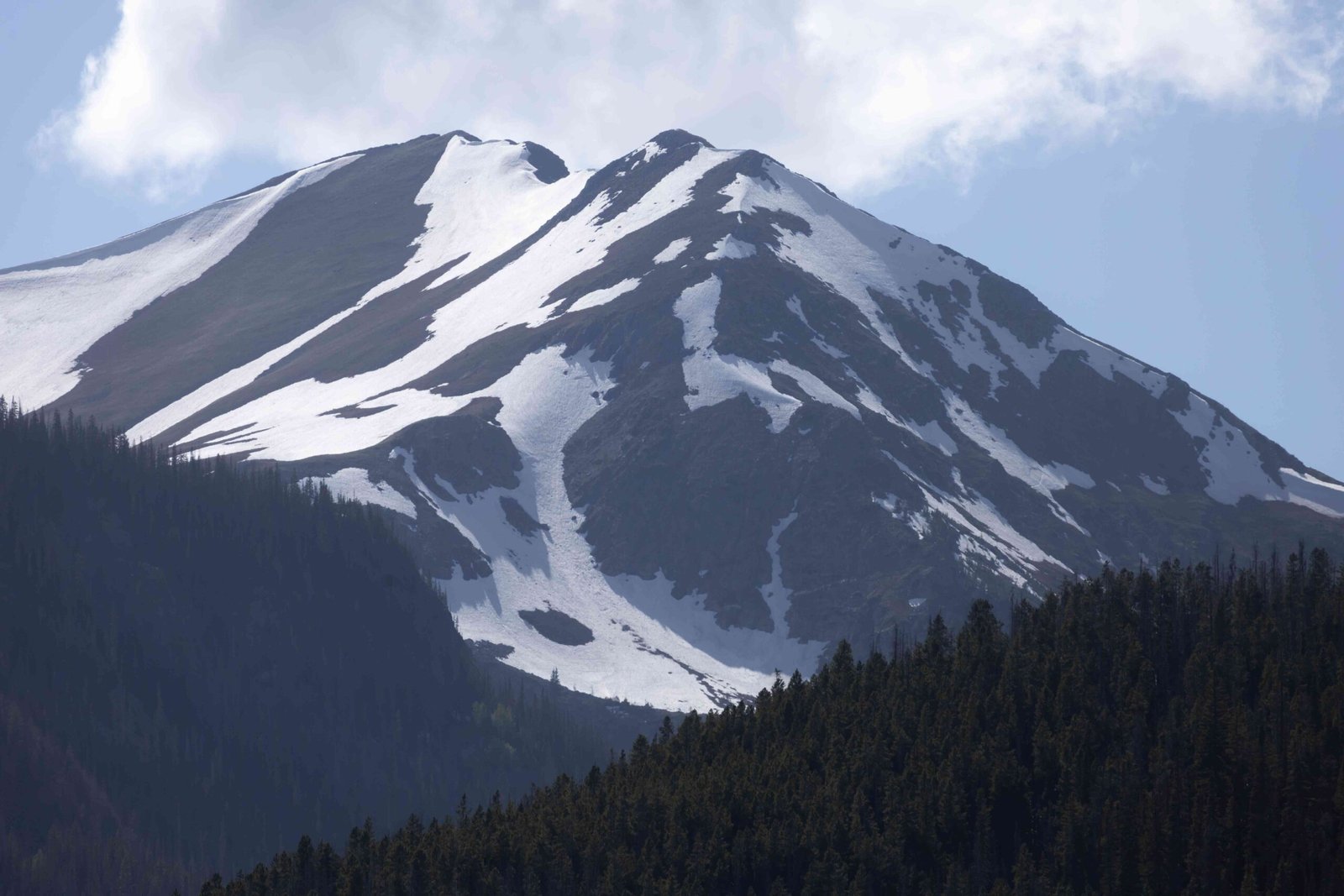Visiting Rocky Mountain National Park during thunderstorms is possible but requires careful planning and adherence to safety guidelines. Thunderstorms are common in the park, especially during summer afternoons. While the park remains open, visitors must be vigilant about weather conditions and take necessary precautions. This article provides essential information on safety measures, timing your visit, and understanding the risks associated with thunderstorms in Rocky Mountain National Park.
What Are the Key Safety Guidelines for Thunderstorm Visits?

When planning a visit to Rocky Mountain National Park during potential thunderstorm conditions, follow these crucial safety guidelines:
- Time your activities wisely
- Monitor weather conditions constantly
- Know safe and risky areas
- Take appropriate action during a storm
- Understand additional precautions
Let’s delve into each of these points:
1. Time Your Activities Wisely
- Hike at higher elevations early in the morning
- Plan to be at lower ground by early afternoon
- Aim to complete high-elevation activities before noon
2. Monitor Weather Conditions
- Check weather forecasts before heading out
- Keep an eye on the horizon for developing thunderclouds
- Use the National Weather Service website for Rocky Mountain National Park: https://www.weather.gov/bou/rmnp
3. Know Safe and Risky Areas
Safe Areas:
– Below tree line (approximately below 10,000 feet in the park)
– Inside hard-topped vehicles
– Major enclosed buildings
Risky Areas:
– Tundra or open areas
– Isolated tall objects (solitary trees, picnic shelters)
– Bodies of water
– Cliffs, cave entrances, or rocky overhangs
4. Take Appropriate Action During a Storm
If caught in a thunderstorm:
1. Descend to lower ground if possible
2. Return to your vehicle if nearby
3. If stuck, crouch down with:
– Weight on the balls of your feet
– Feet together
– Head lowered
– Ears covered
4. Avoid lying flat on the ground
5. Remove any metal items
5. Understand Additional Precautions
- Avoid metal objects (fences, machinery, power tools)
- Stay away from water and wet items
- Don’t use umbrellas or golf clubs
How Can I Access Weather Alerts for Rocky Mountain National Park?

Staying informed about weather conditions is crucial for a safe visit. Here’s how you can access weather alerts:
- Visit the National Weather Service website for Rocky Mountain National Park
- Check local weather reports before your visit
- Inquire at park visitor centers for up-to-date information
- Consider carrying a NOAA Emergency Weather Broadcast Radio
What Are the Risks and Safety Measures for Hiking During Thunderstorms?
Hiking during thunderstorms in Rocky Mountain National Park carries significant risks. Here’s what you need to know:
Risks:
- Lightning strikes
- Flash floods
- Sudden temperature drops
- Strong winds
- Reduced visibility
Safety Measures:
- Start hikes early in the morning
- Plan to finish before noon
- Avoid peaks, ridges, and higher ground during storms
- Carry essential items:
- Map
- Compass
- First aid kit
- Extra food and water
- Warm clothing
- Know how to use navigation tools
- Consider carrying a GPS device
What Amenities and Facilities Are Available During Thunderstorms?
During thunderstorms, certain amenities and facilities in Rocky Mountain National Park can provide shelter and safety:
Parking Locations:
- Use your vehicle as a safe shelter if it’s hard-topped with windows rolled up
- Park in designated areas away from isolated trees or high points
Shelter Options:
Safe Shelters:
– Major enclosed buildings
– Hard-topped vehicles
Avoid:
– Partially open structures (trail shelters, patios, open garages)
Scheduled Events or Activities:
- Be prepared to adjust plans if thunderstorms are forecast
- Prioritize safety over reaching summits or completing trails
- Check with park rangers for any event cancellations or postponements
What Should I Do If Caught in a Thunderstorm While Hiking?
If you find yourself caught in a thunderstorm while hiking in Rocky Mountain National Park, follow these steps:
- Descend immediately if you’re at a high elevation
- Seek shelter in a safe location (below tree line, in a dense forest)
- Avoid open areas, ridgelines, and isolated trees
- If no shelter is available:
- Find the lowest point possible
- Crouch down on the balls of your feet
- Make yourself as small as possible
- Minimize contact with the ground
- Stay in this position until the storm passes
- Wait at least 30 minutes after the last thunder before resuming activities
Can I Still Enjoy Rocky Mountain National Park During Thunderstorm Season?
Yes, you can still enjoy Rocky Mountain National Park during thunderstorm season by following these tips:
- Plan activities for early mornings
- Visit lower elevation areas in the afternoons
- Explore indoor attractions like visitor centers and museums
- Enjoy scenic drives from the safety of your vehicle
- Photograph storms from safe locations (inside buildings or vehicles)
- Use rainy afternoons for relaxation or planning your next day’s activities
Remember, safety should always be your top priority when visiting Rocky Mountain National Park during thunderstorm season. By staying informed, prepared, and flexible, you can still have a memorable and enjoyable experience while respecting the power of nature.
References:
1. Lightning Safety in the High Country – National Park Service
2. How Do I Stay Safe from Lightning at High Elevations? – Colorado Parks and Wildlife
3. How to Prepare for Summer Storms While Hiking – Visit Estes Park

